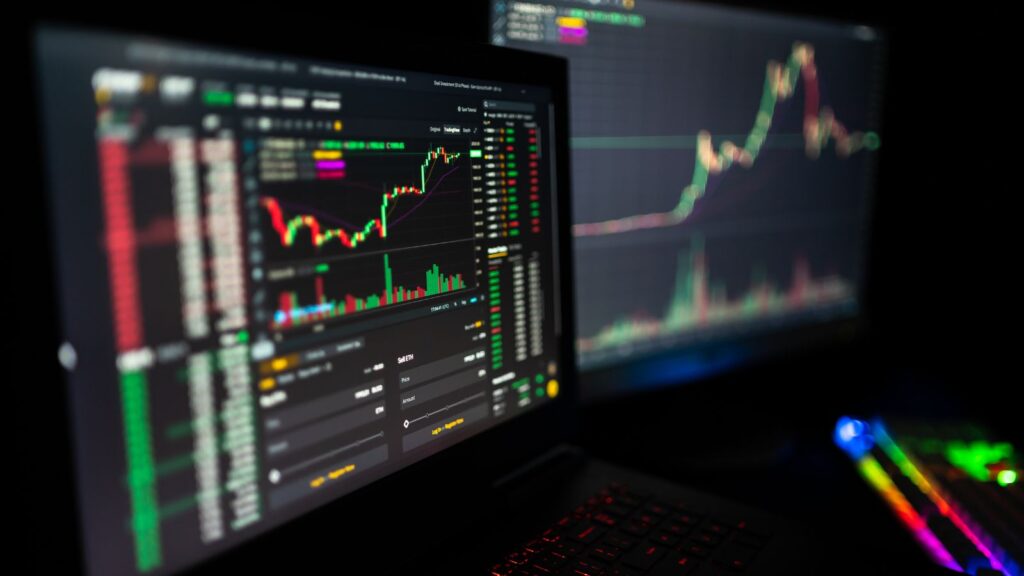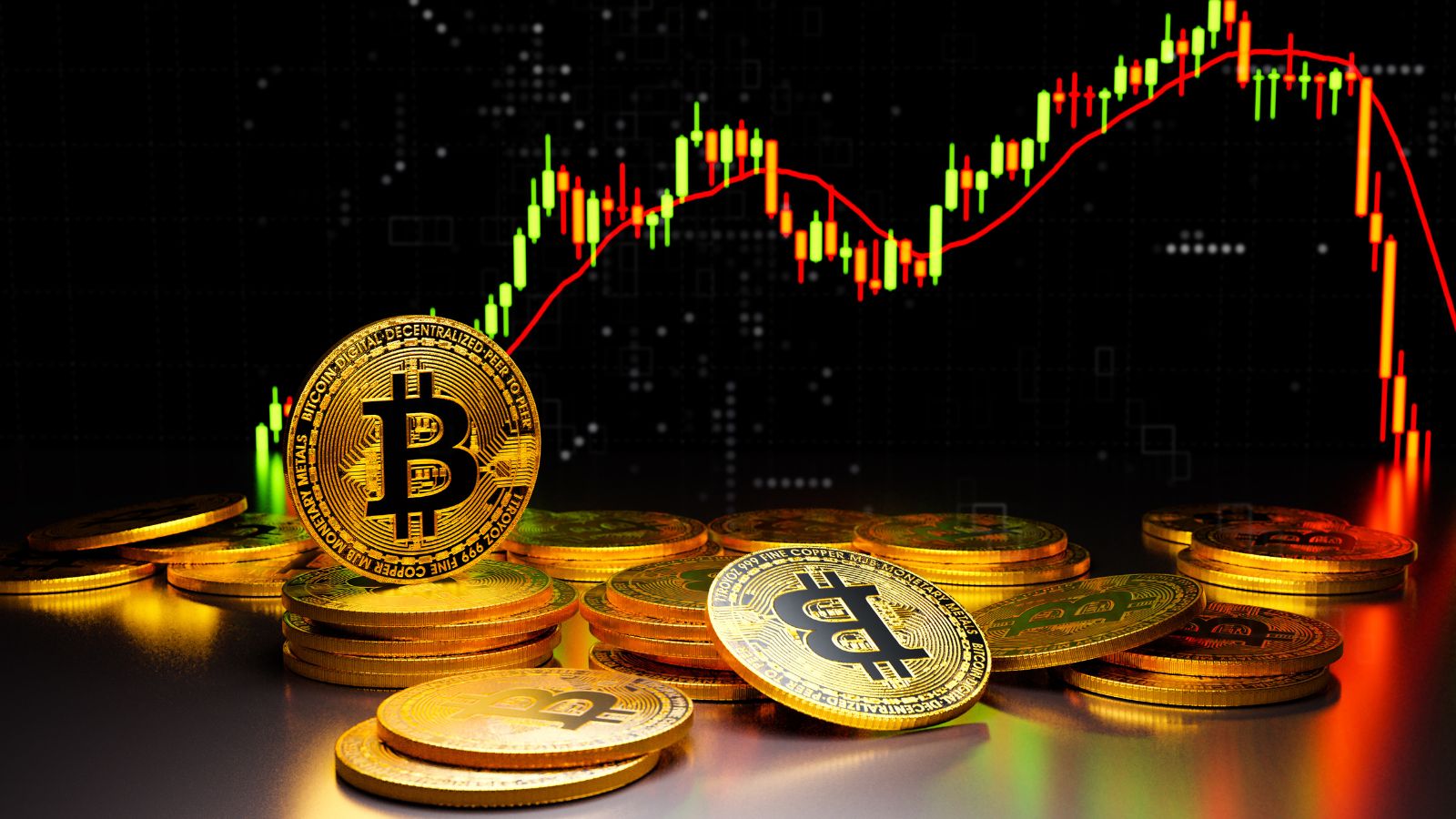
A growing divide has formed between institutional and retail investors in the crypto market. While large corporations, financial institutions, and even governments now control nearly 15% of the total Bitcoin supply, everyday investors are increasingly left behind. Data from Glassnode shows that the BTC spend volumes of retail wallets holding less than 0.1 BTC declined by 48% between November 2024 and January 2025.
As venture capitalists, high-net-worth individuals, and institutional players gain early access to exclusive token deals and pre-launch allocations, retail investors are left with fewer high-quality entry points and face elevated risks. This structural imbalance reduces the potential upside for latecomers and makes it harder for the average investor to profit in today’s market.
But that may be starting to change. Two emerging trends—tokenized real-world assets (RWAs) and memecoins—are now giving retail participants new tools to reassert their influence and reclaim space in the broader digital asset ecosystem.
Memecoins Stole the Show From Altcoins in 2025
Retail traders have reignited their presence in crypto through memecoins in 2025. According to Binance, new meme tokens such asTRUMP,MELANIA, andBROCCOLI dominated price charts and social sentiment earlier this year. A recent survey found that 42% of TRUMP token holders were first-time crypto investors—highlighting memecoins’ role in onboarding new participants into the space.
Despite their lack of traditional utility, memecoins have become a vehicle for community expression, collective speculation, and cultural commentary. Their virality and accessibility offer an alternative to venture capital-backed cryptocurrencies with high fully diluted valuations and limited retail availability. For many investors, meme tokens serve as a statement against the exclusivity of institutional finance in crypto.
This resurgence in meme-driven trading has also delayed the onset of a full-fledged altcoin season. As noted by Nansen research analyst Nicolai Søndergaard, investor mindshare and capital allocation concentrated on memecoins rather than on traditional altcoins, potentiallydelaying alt season.
The TRUMP and MELANIA tokens, launched in January 2025, may have marked the beginning of whatsome analysts call a “new era of memecoins.” These digital assets not only attracted massive retail attention but also introduced memecoin investing to politically motivated communities, creating a new kind of tribal on-chain engagement. Their success has prompted some industry voices to liken this wave of meme tokens to a more viral, culturally fueled iteration of the ICO boom.
While critics argue that memecoins represent little more than gambling, their rapid rise proves one thing: retail investors are still a force in crypto—especially when given assets they can understand, relate to, and access without institutional gatekeeping.

Tokenized RWAs Nearing $20 Billion
While memecoins have captured headlines, real-world asset tokenization is quietly laying the foundation for a more inclusive financial system. According to RWA.xyz, the market cap of tokenized RWAs reached an all-time high of $19.61 billion on March 28, 2025. That’s a 20.86% surge over the previous 30 days—despite Bitcoin falling by 0.24% in the same period.
The tokenized RWA market spans a variety of asset classes, including private credit, government bonds, and real estate. As of March 28, tokenized private credit accounts for over $12 billion, while tokenized US Treasury bills contribute over $5.2 billion. These assets offer retail investors access to previously exclusive markets through fractional ownership, improved liquidity, and transparent on-chain settlement.
This democratization of finance is particularly impactful in developing economies. A Mastercard white paper noted that tokenized assets can address trust deficits and enhance asset portability in regions like Latin America. Similarly, PwChighlighted tokenization’s role in improving access to the opaque $1.5 trillion private credit market—allowing smaller investors to participate in fractionalized lending and borrowing opportunities.
The broader adoption of tokenized RWAs also helps diversify retail portfolios. While large institutions have the capital to endure long market downturns, retail investors often seek instruments with lower entry costs and predictable yields. RWAs offer precisely that—a hedge against volatility and a foothold in traditionally stable sectors.
Crucially, the growth of the tokenized asset sector is not coming at Bitcoin’s expense. As Redstone COO Marcin Kazmierczak explained,the rise of RWAs complements crypto’s flagship asset rather than competes with it. Together, they represent a more mature, multipolar financial system.
Memecoins and RWAs: Retail Tools to Reclaim Market Influence
Retail investors have long been at a disadvantage in the crypto space, excluded from early-stage opportunities and constrained by higher risk thresholds. But in 2025, memecoins and tokenized RWAs are helping to flip that dynamic—offering access, engagement, and potential upside in ways that institutional crypto rarely does.
Memecoins have reintroduced fun, community, and virality into trading while providing an accessible gateway for first-time users. Meanwhile, RWA tokenization is giving retail investors exposure to yield-generating assets and capital markets that were previously off-limits.
If these trends continue, retail investors may not only reclaim their influence over price action and narratives but also help shape the next generation of crypto adoption. As the space evolves, one thing is clear: the future of finance isn’t just institutional—it’s grassroots, tokenized, and on-chain.












